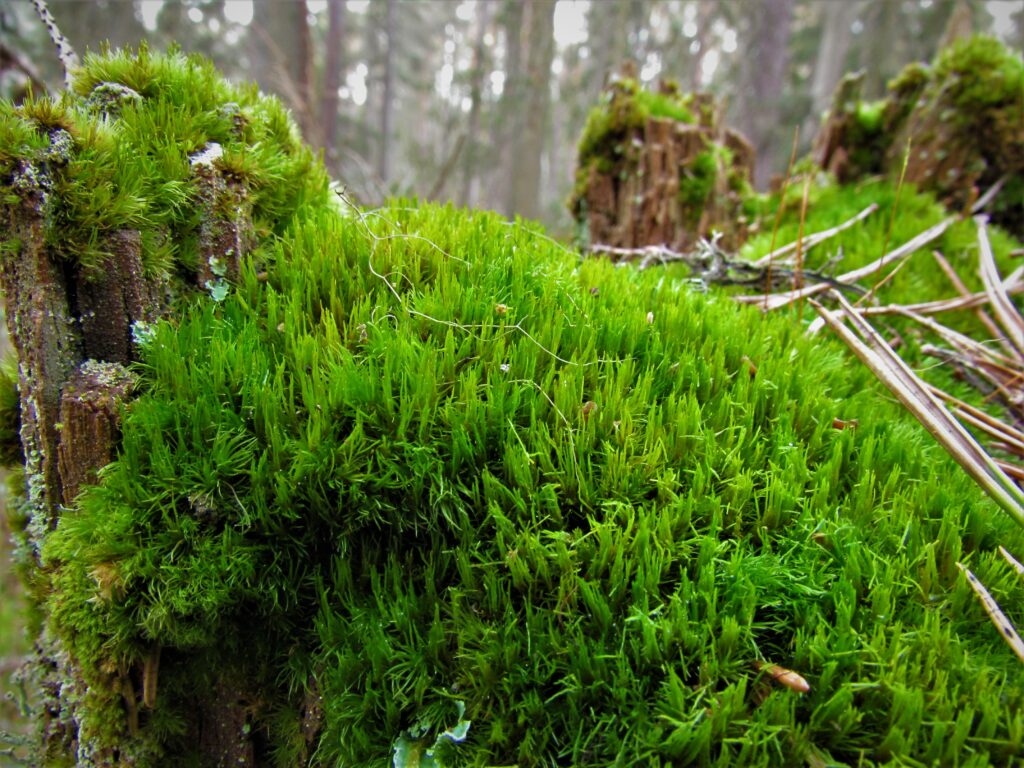The forest of Sweden has, since the introduction of intensive forest management, experienced major changes which have led to fragmentation of natural forest. Additionally, intensive forest management was introduced earlier in southern Sweden compared to northwards.
There are several stand factors that enhance the species richness. One of them is occurrence of suitable substrate. Large old trees are shown to be important for the diversity of fungi, lichens, and bryophytes. Even if they are few, large old trees increase the diversity of a certain stand. Additionally, amount dead wood is important. For instance, the number of polypore species, red-listed and non-red-listed, increases with the volume of dead wood.
Connectivity between patches is important for the biodiversity. For instance, the number of red-listed species of fungi can be ten times higher in a well-connected landscape compared to a fragmented one, even if the amount of resources (dead trees) are the same. Furthermore, the amount of suitable habitat in the surrounding landscape is important for local species richness. One example is that the amount of mature forest (>120 years) in the surrounding landscape is a good predictor for local species richness.
Despite intensive research, the relative importance of stand and landscape factors, respectively, remains rather unclear. Maybe because it is a complex interplay between the two factors that determine local species diversity. Therefore, the present study aims to answer what, stand and/or landscape factors, determine species richness in Swedish key habitats. I will also investigate how the time since introduction of intensive forest management has affected species diversity.
